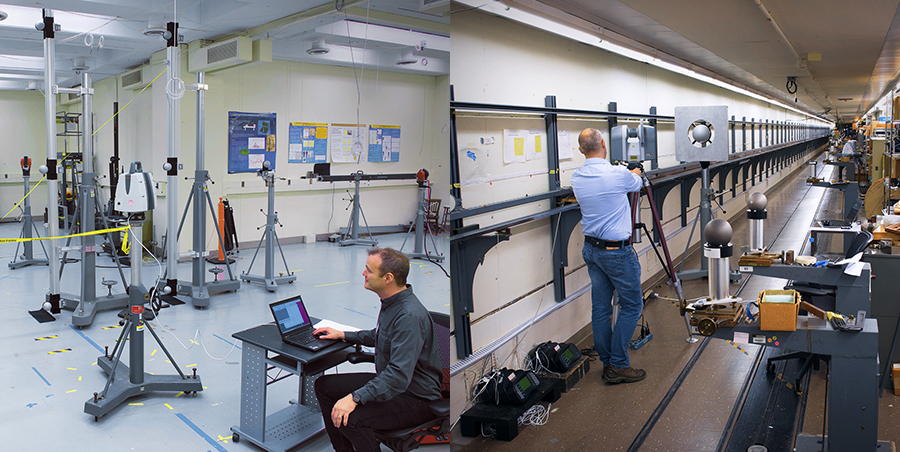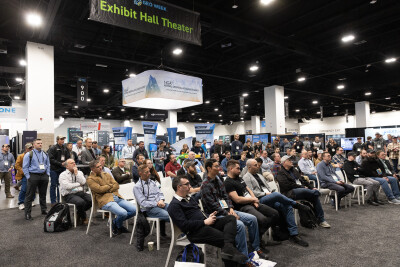Update: The standard is now available here.
You probably think standards are not cool. Like budgeting, however, even the haters can be converted once they know how much standards can do for them.
Imagine you’re buying a laser scanner. Your first step is likely to compile a list of all your options and make an apples-to-apples comparison of their accuracy. Currently, that’s impossible, because there is no comprehensive standard that manufacturers can use to ensure that their accuracy tests are directly comparable. Each scanner you’re looking at was tested against different standards and different types of objects. That erodes a buyer’s confidence in the comparison.
NIST’s Physical Measurement Laboratory understands your pain. This is why the organization’s engineering physics division [EPD] has begun developing “an international performance evaluation standard” for these devices.
The division built a testing facility and invited major manufacturers (accounting for 80% of them market) to come and test their mid-range terrestrial scanners. Each manufacturer took about a full day to complete 100 tests across multiple experiments and two NIST labs. One of these tests asked the vendors to capture point-to-point distances on a calibrated grid of spheres.
After the manufacturers gave feedback on the drafted testing procedure, the number of tests was reduced to approximately 30, which can be completed in a couple of hours.
Hold up, you say, wasn’t there a standard developed in 2015? Yes. NIST notes that this standard tested the scanners along one direction—representatives from NIST’s EPD have explained that it was intended to be one among many standards. The new standard will test the scanners “in their entire measurement volume,” to yield “quantitative details on accuracy and noise.”
Once this standard is adopted, explains Luc Cournoyer from the National Research Council of Canada, manufacturer specs will “mean the same thing because they were tested against the same type of standards and same type of objects. Today, that’s not the case at all.”
For more information, see the standard here.






